Gallery
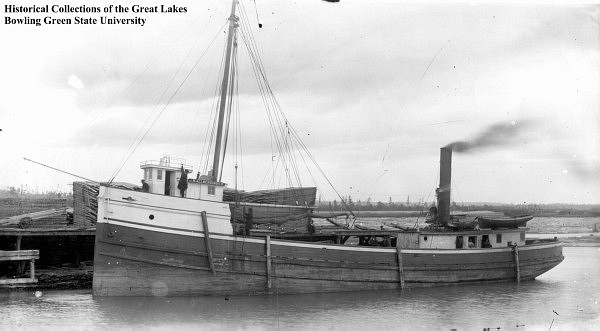
J.M. Allmendinger at dock preparing for loading
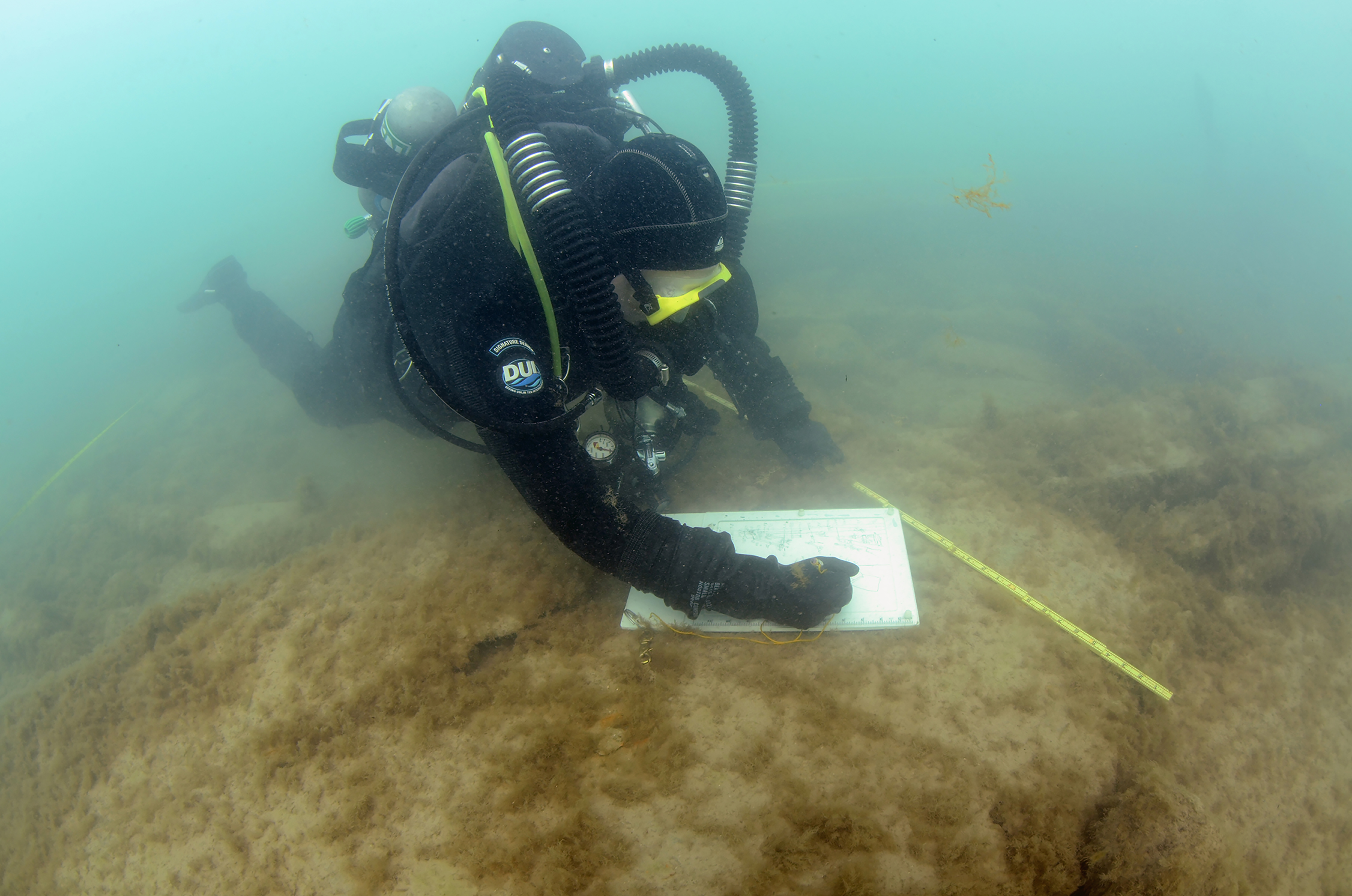
Archaeologist Caitlin Zant records a portion of the wreck
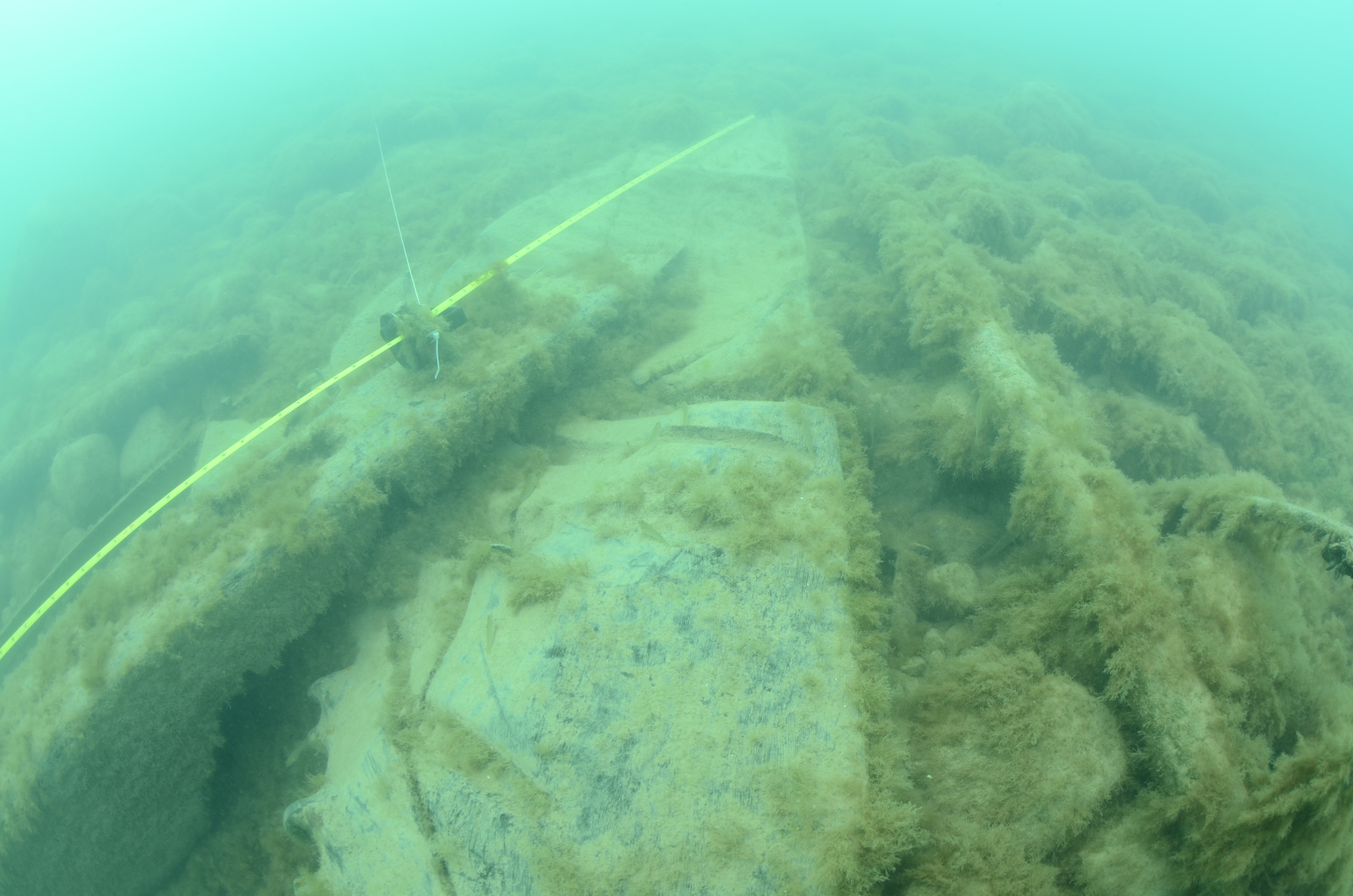
Deadwood in the bow section of the wreck site
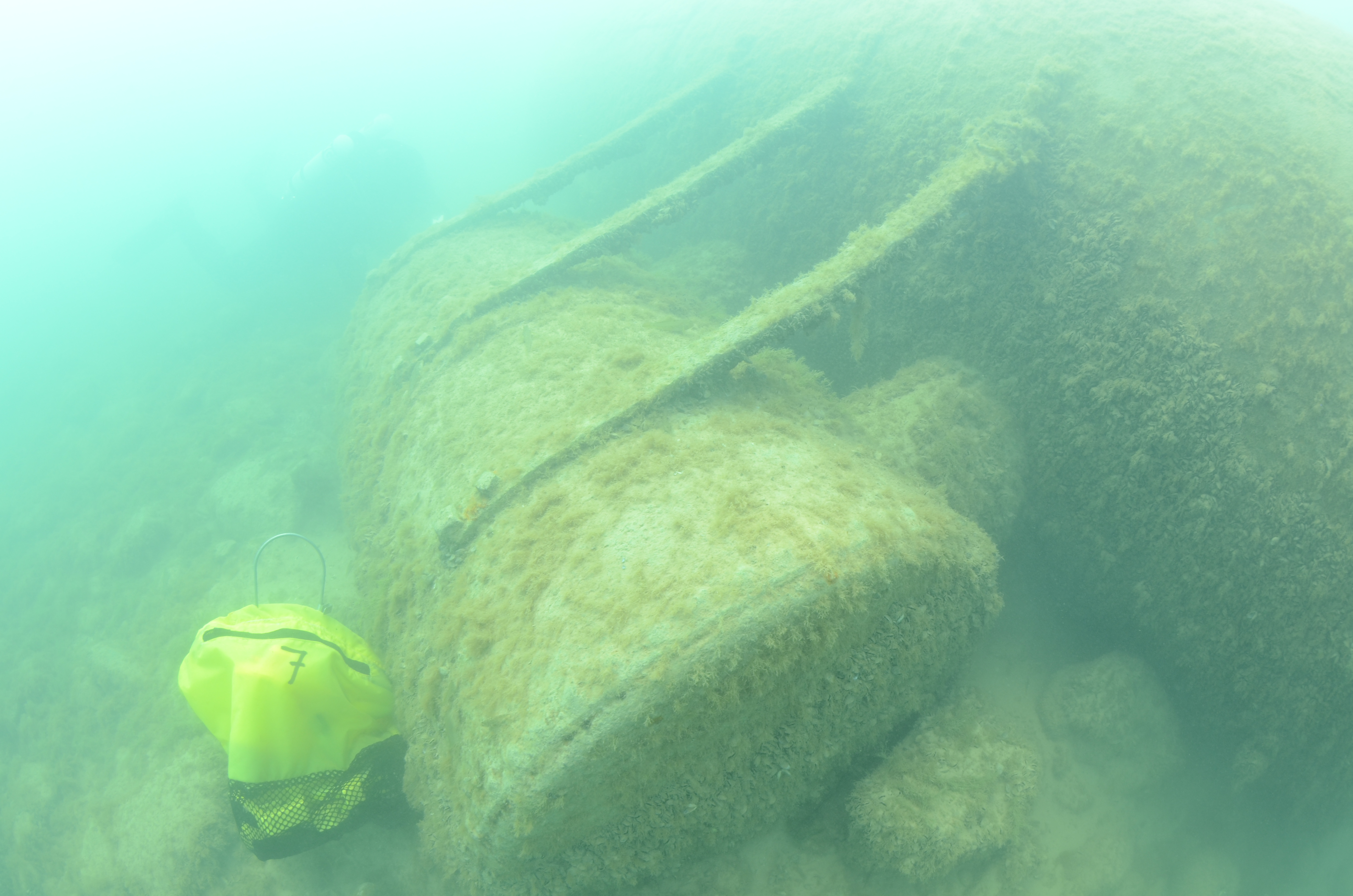
Allmendinger's boiler and steam drum laying on its side.
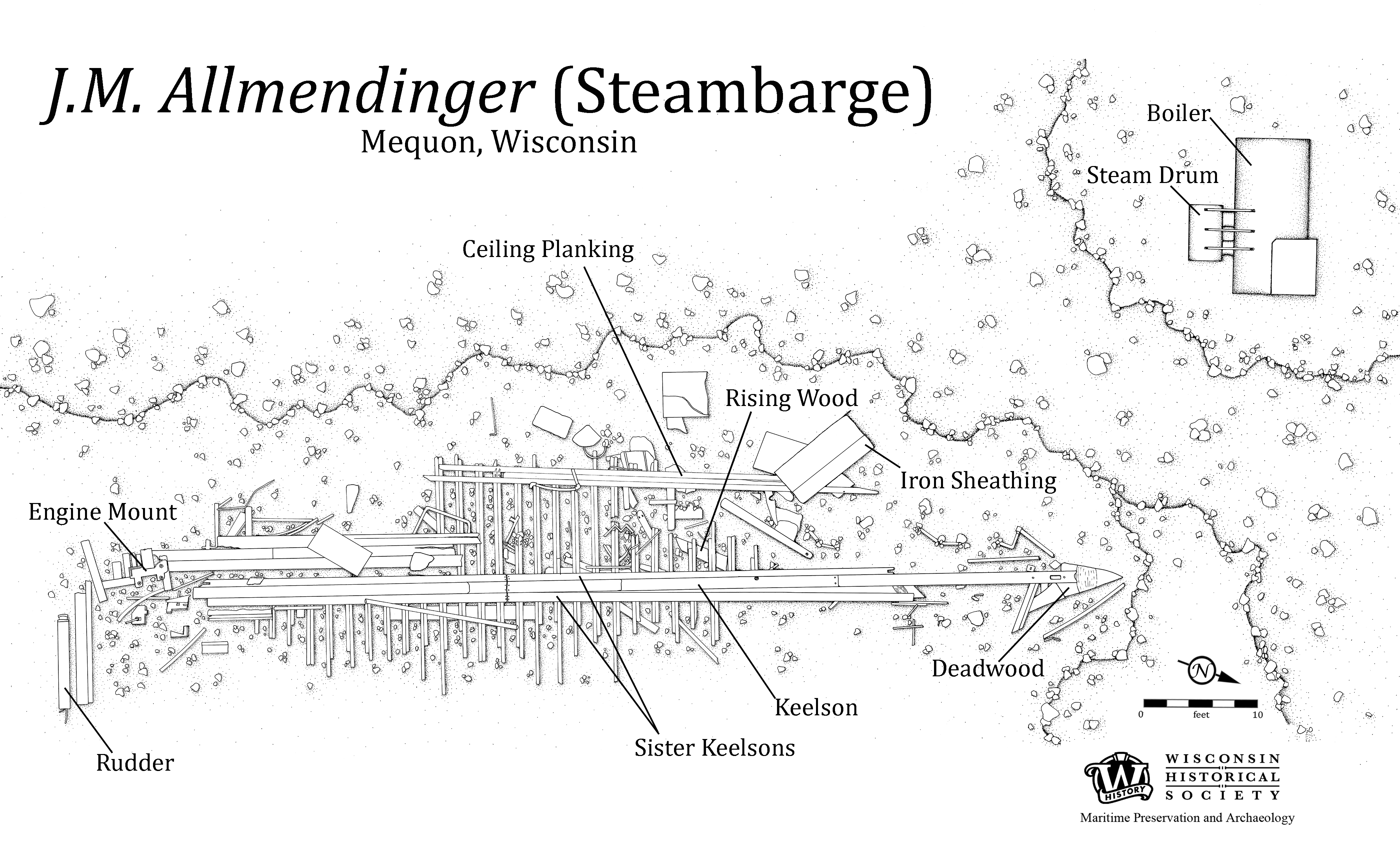
Site Plan of J.M. Allmendinger
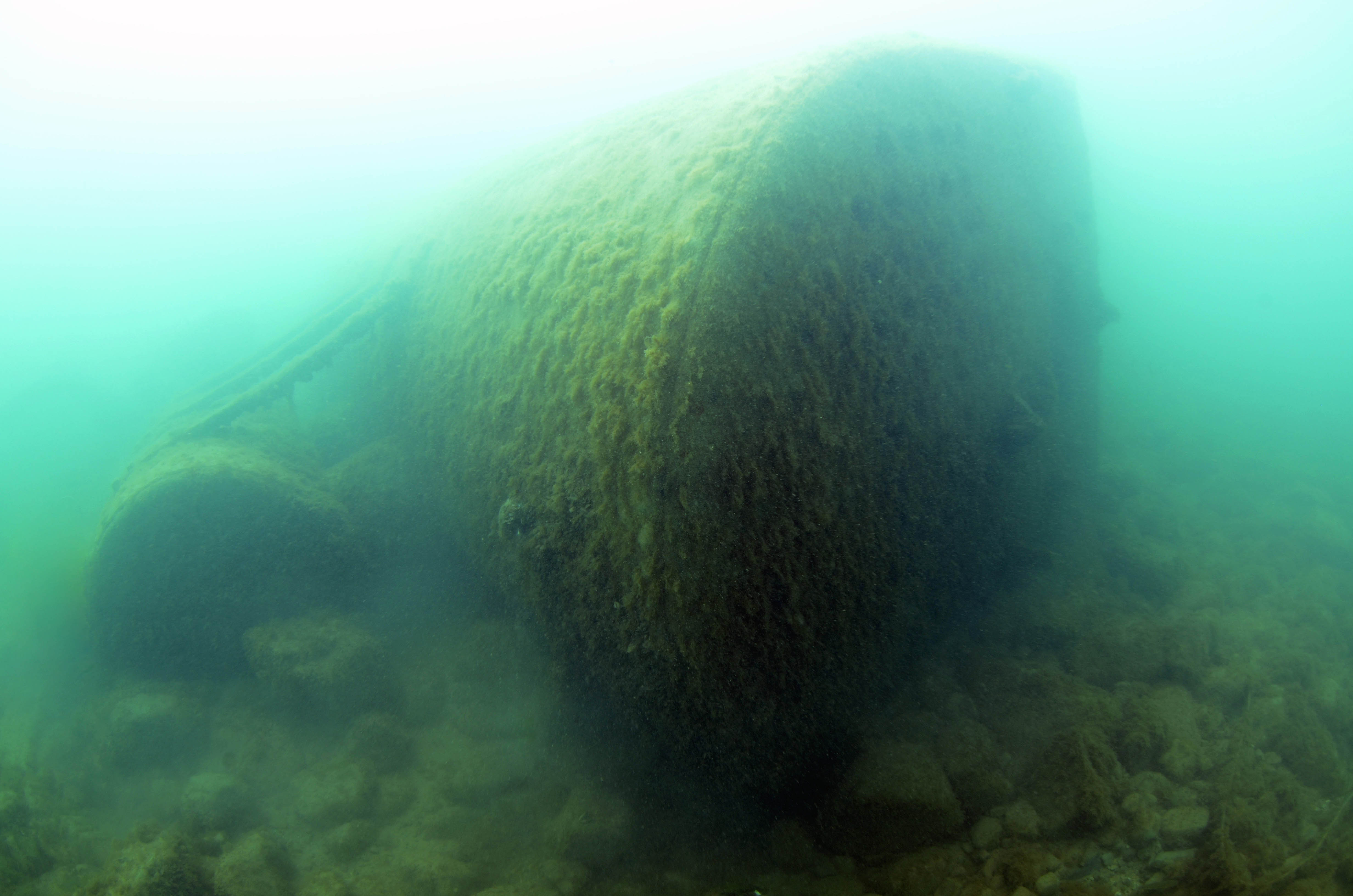
The Boiler
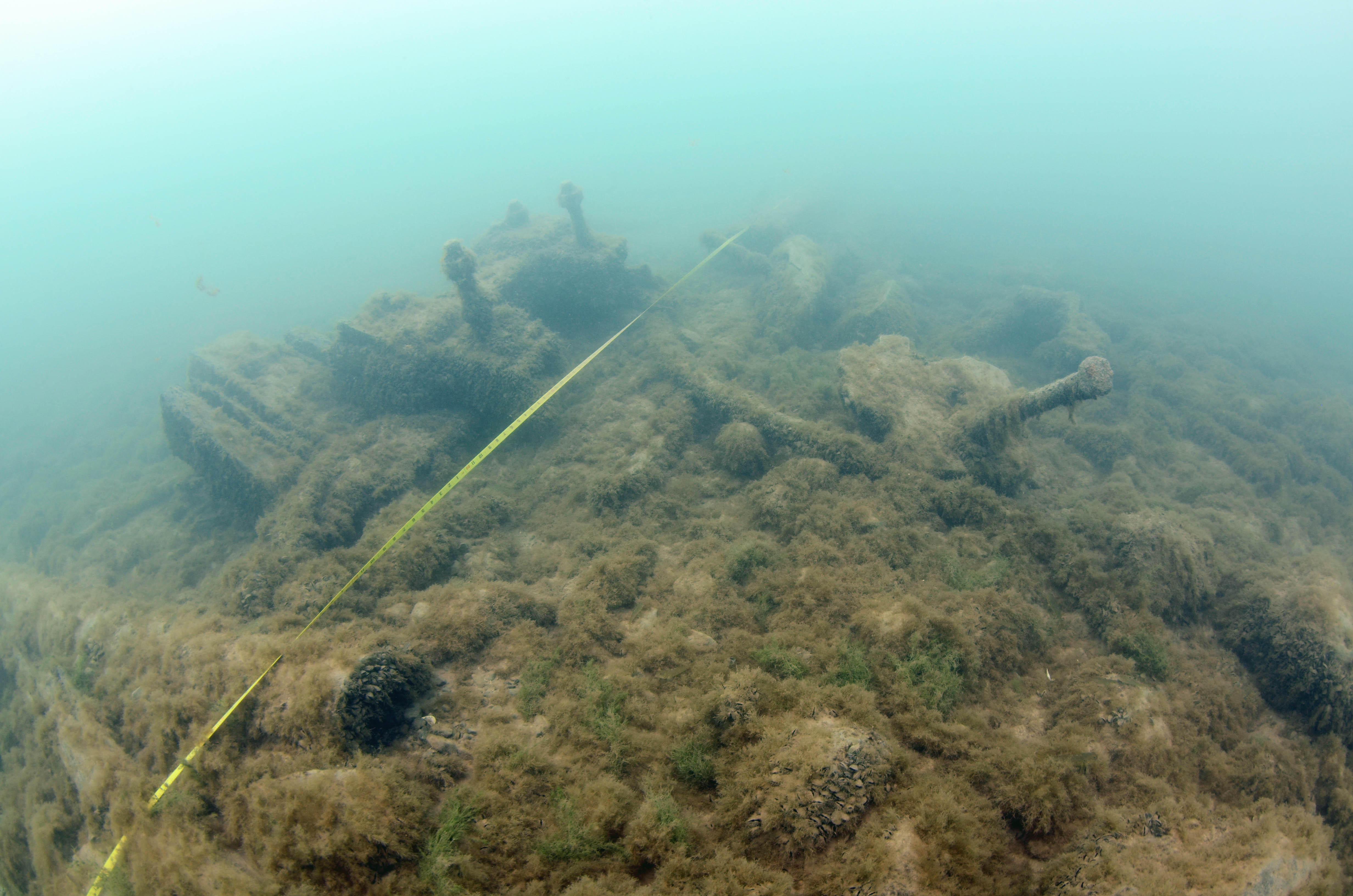
Engine Mounts
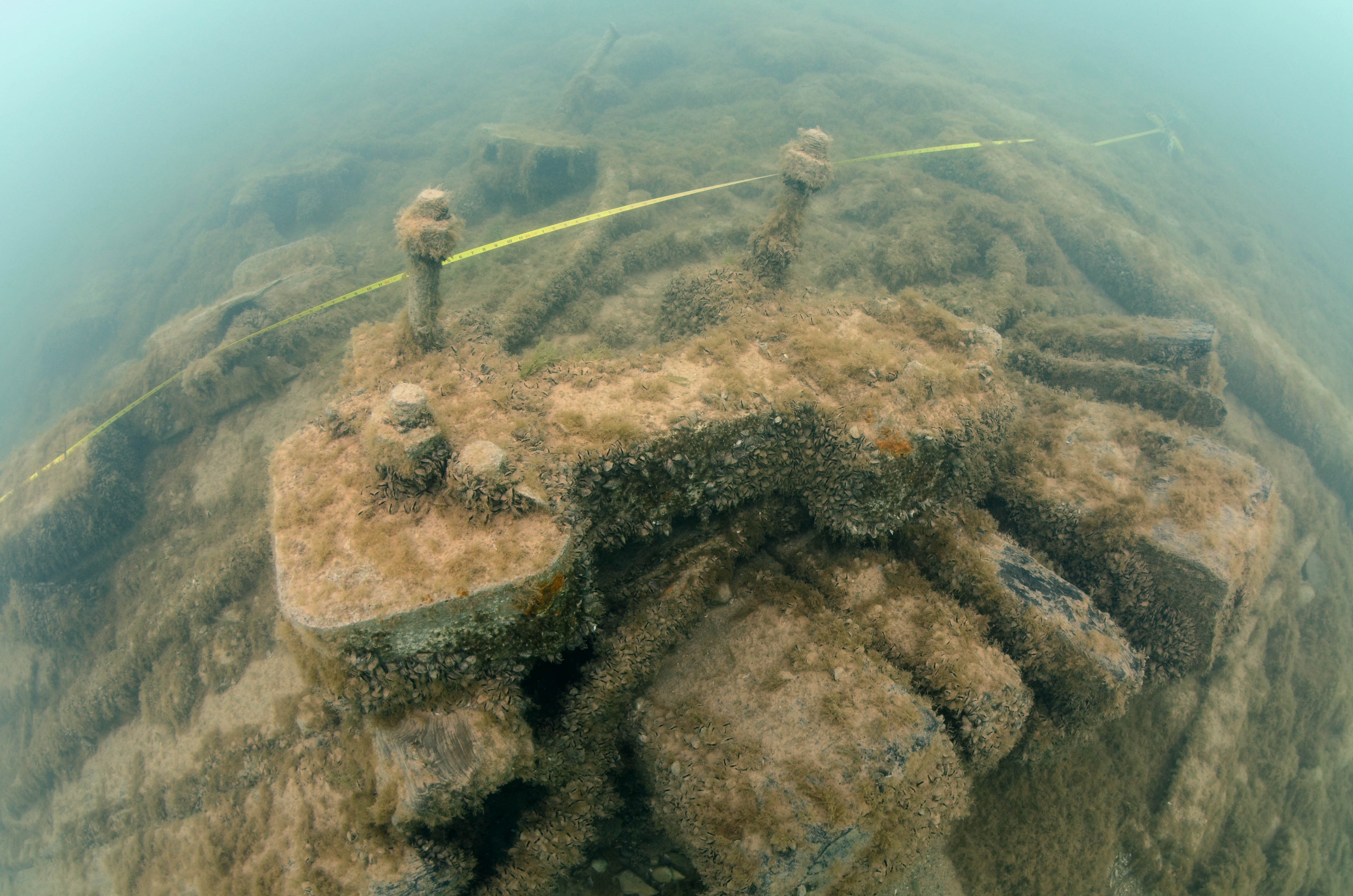
Another View of the Engine Mounts
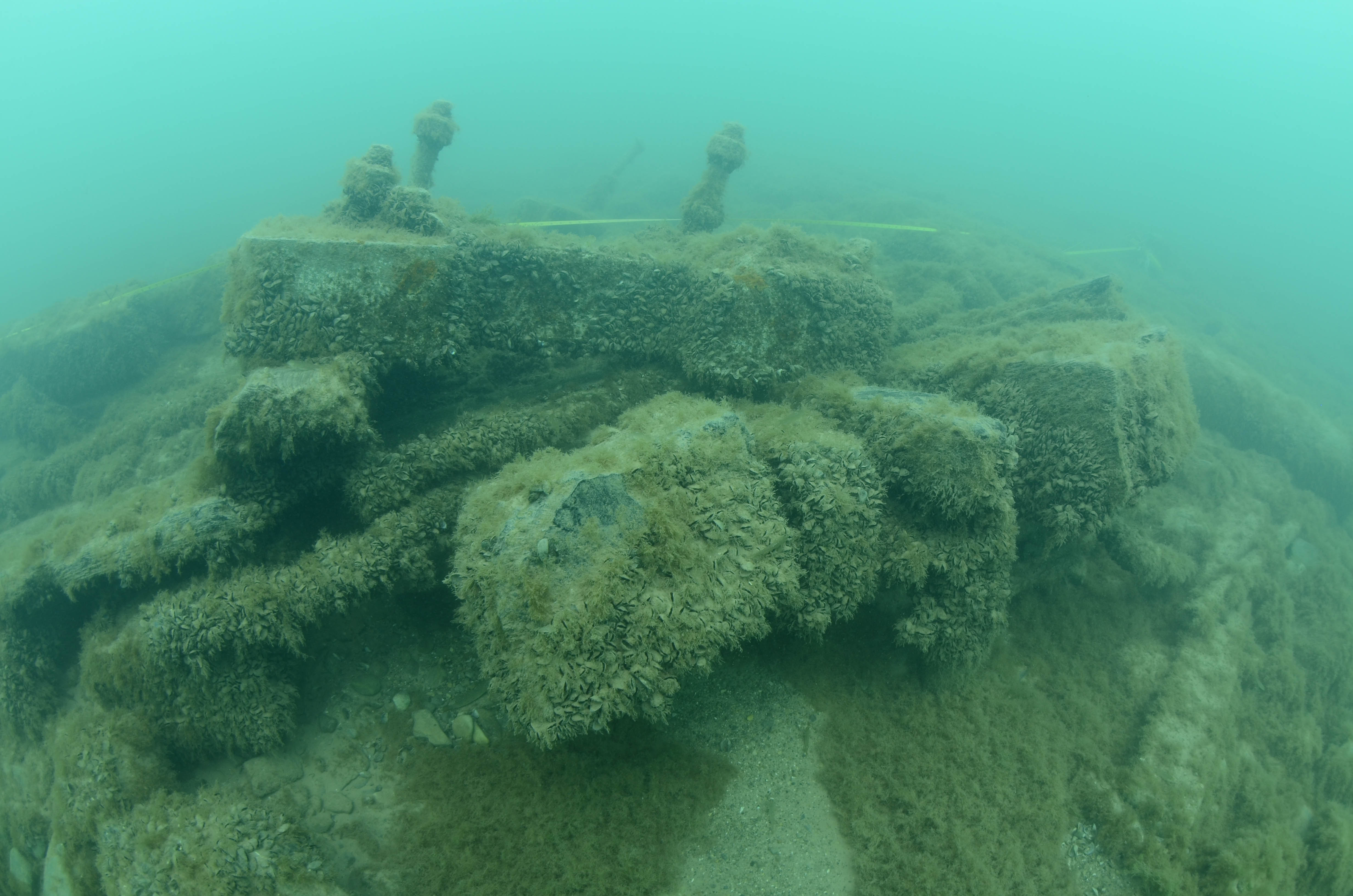
The Stout Construction of the J.M. Allmendinger
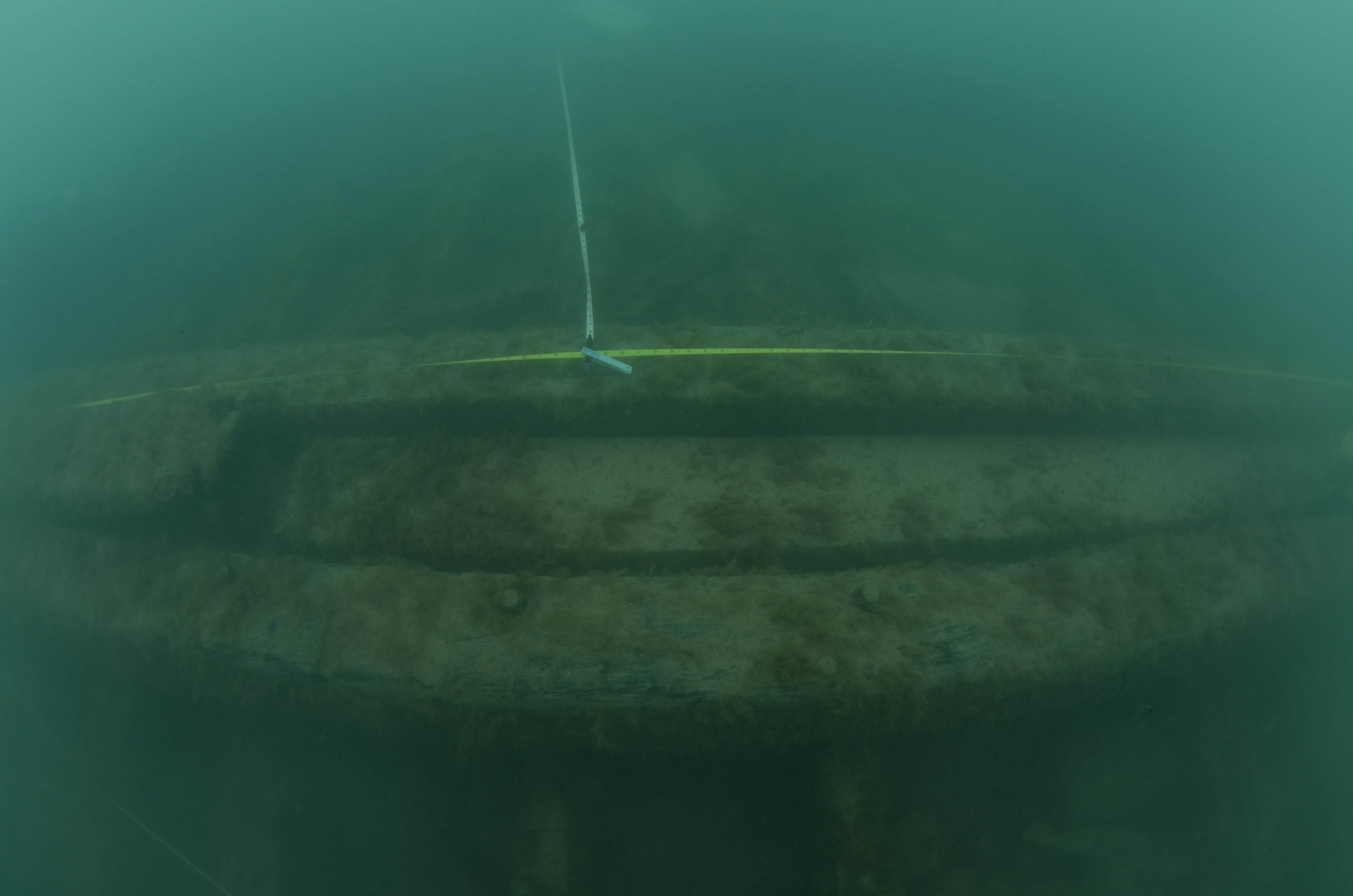
Keelson and Sister Keelsons
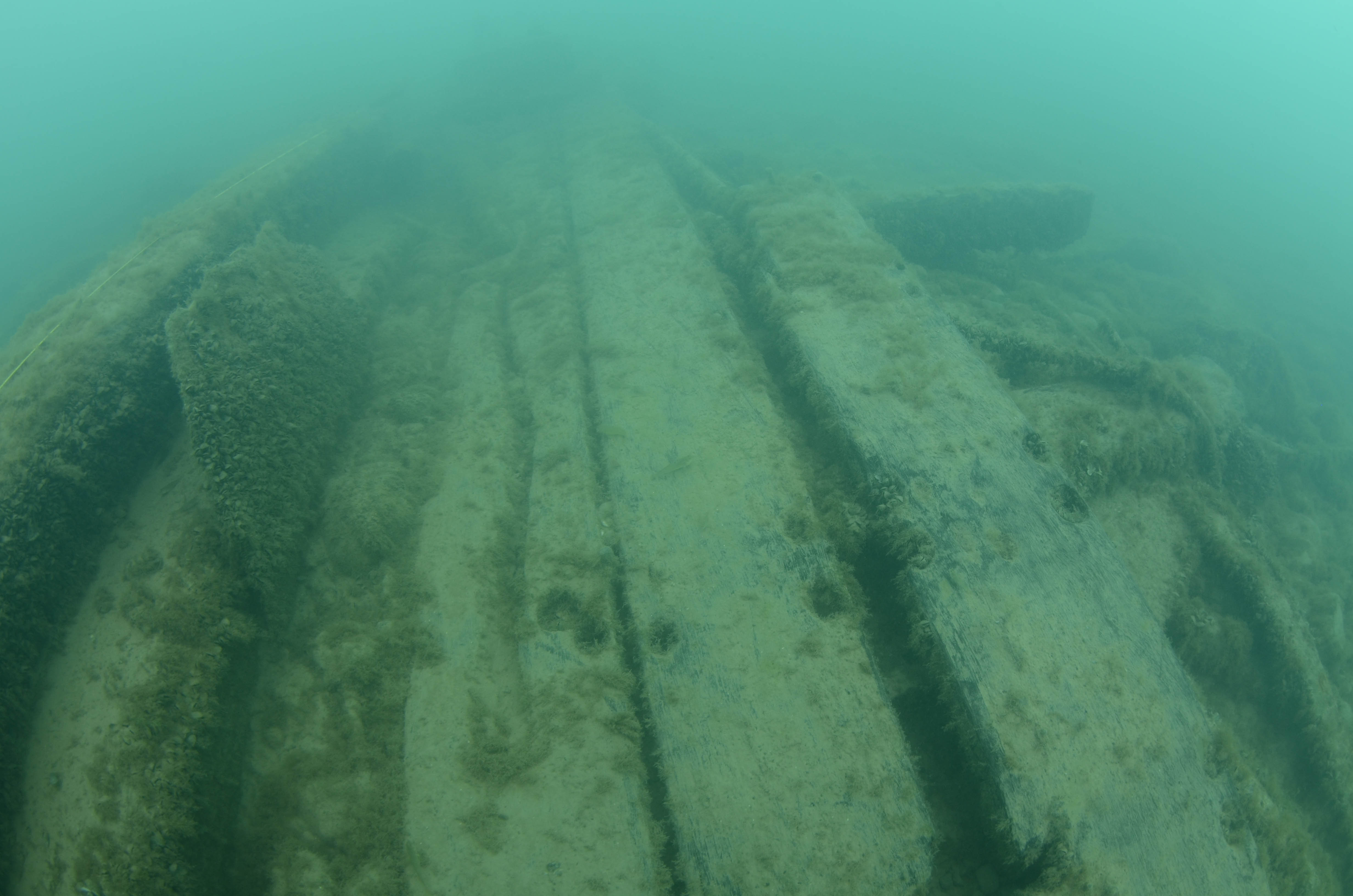
Keelson and Sister Keelson's
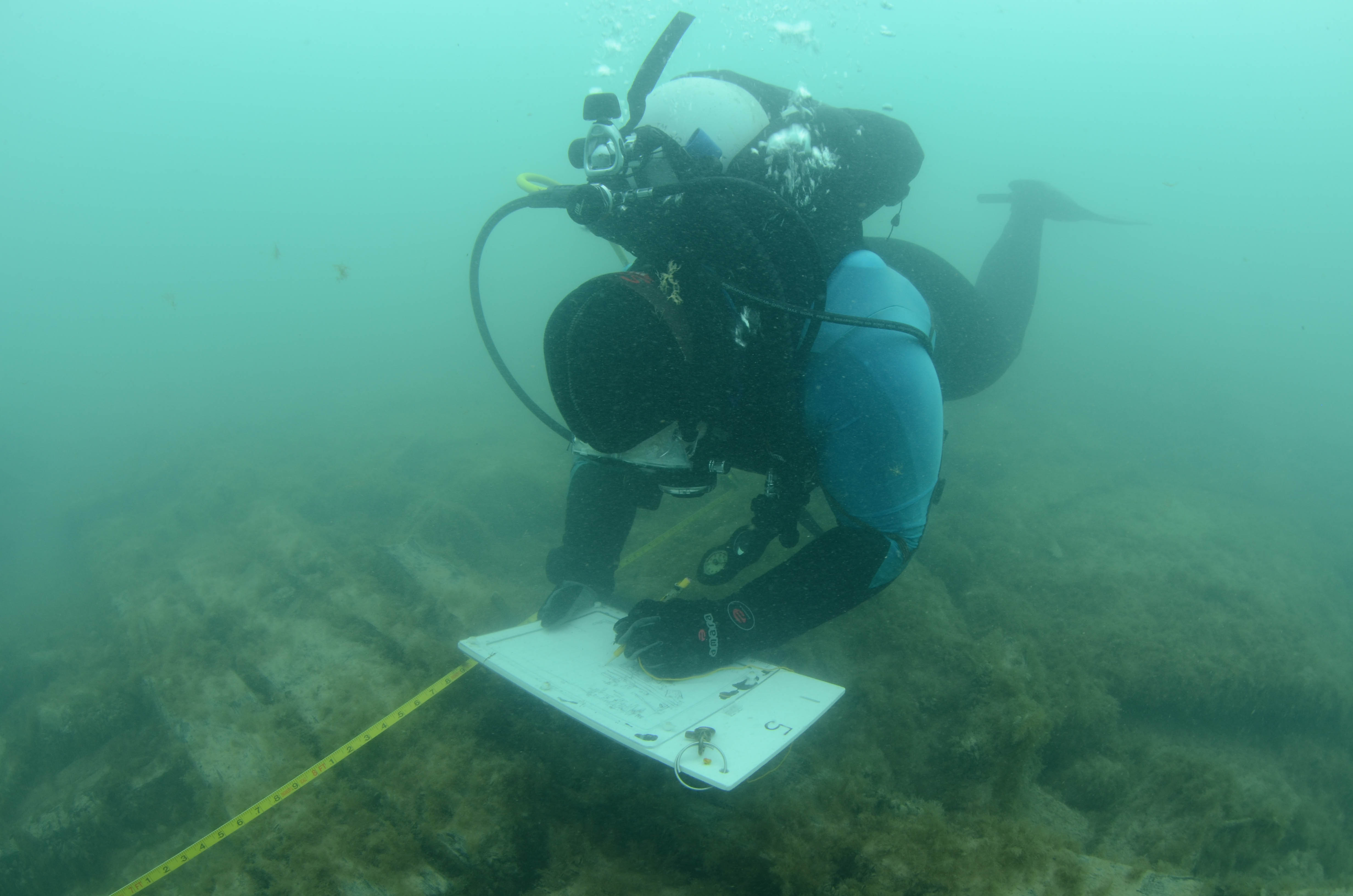
An Archaeologist Works Drawing the Wreck of the J.M. Allmendinger
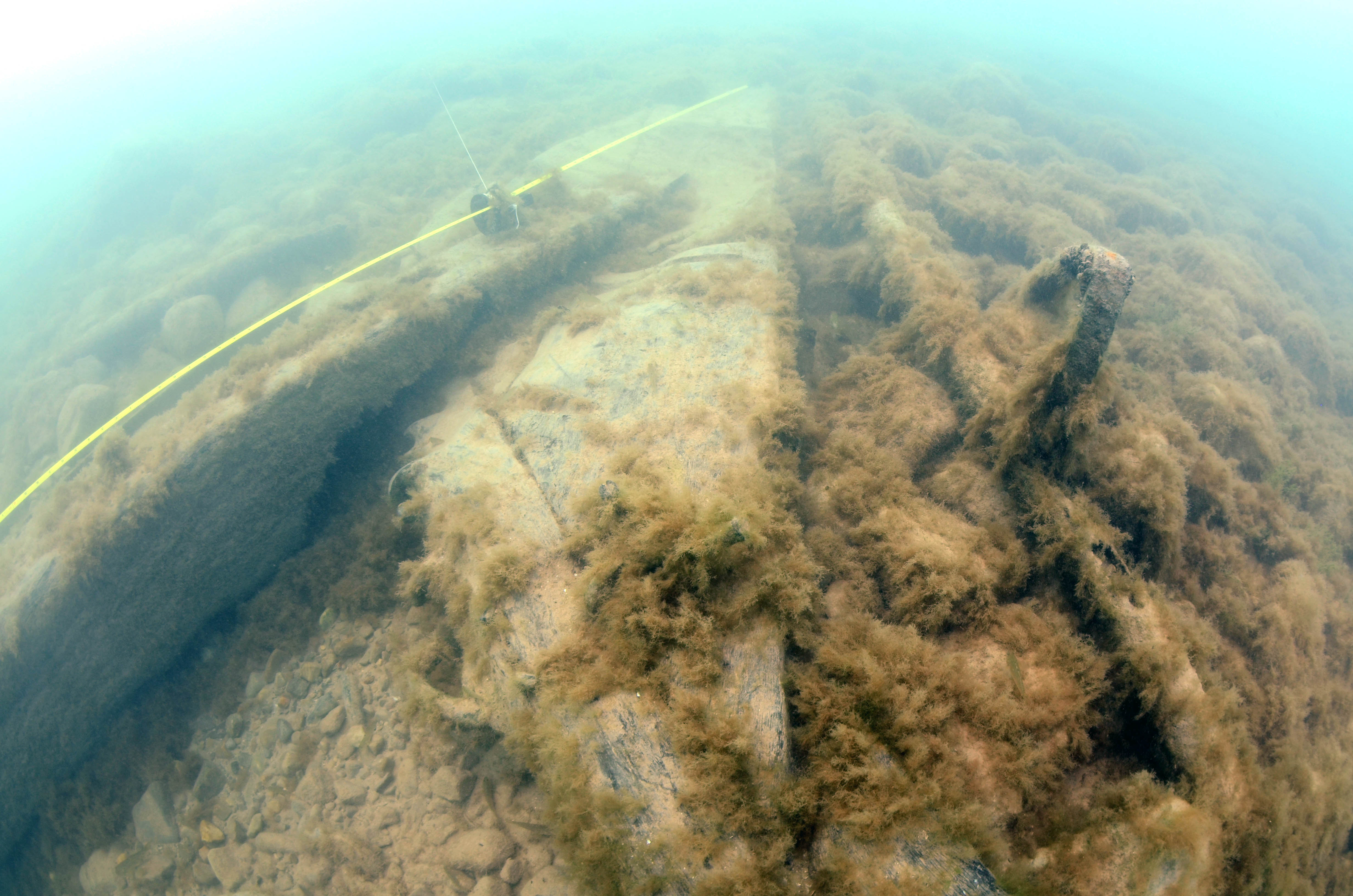
Rudder

 Confirmed Location
Confirmed Location
 Unconfirmed location
Unconfirmed location